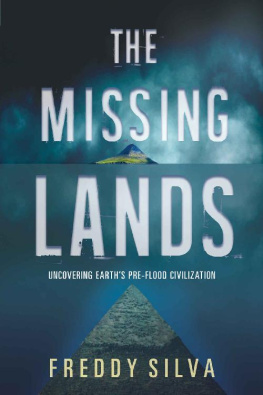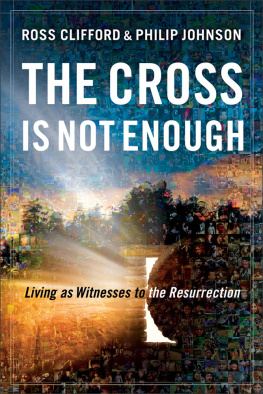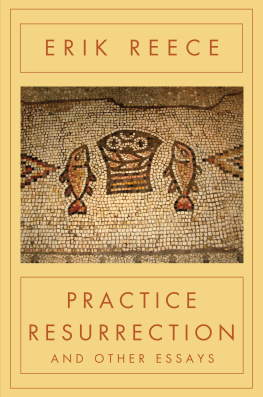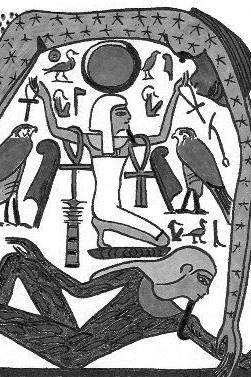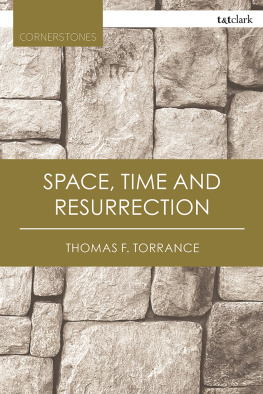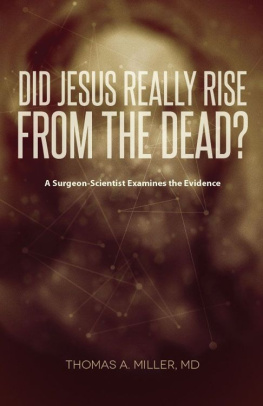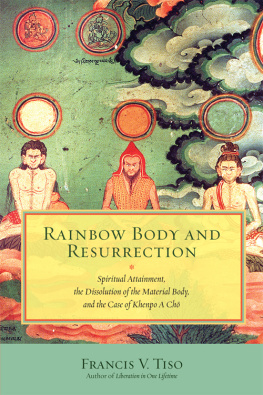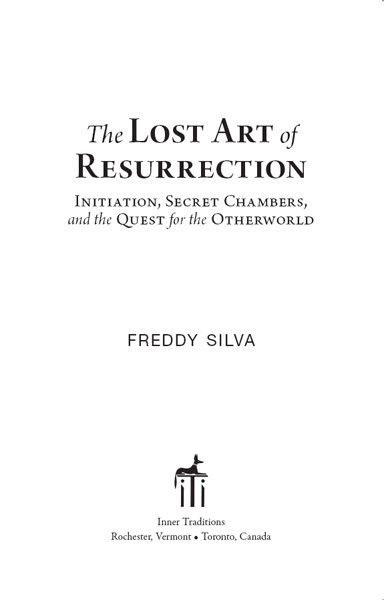To the Divine Virgin
The LOST ART of RESURRECTION

Freddy Silvas latest book is his most brilliant, scintillating, and inviting of all, a superb book on global initiation over thousands of years. In it he explores how ancient sacred cultures guided people to experience psychic death while alivea ritual near-death experience. The Lost Art of Resurrection is a truly remarkable contribution to the quest of reviving lost wisdom and a must-read for anyone interested in spirituality and sacred sites.
BARBARA HAND CLOW, AUTHOR OF
AWAKENING THE PLANETARY MIND AND
REVELATIONS OF THE RUBY CRYSTAL
This is a breakthrough work that topples not only church dogma but a century of pyramidiots stumped by Egypts elusively empty sarcophagi. No mummy there! No, its all about the round-trip journey to the spirit world and what our ancestors were really doing in their secluded temples. Fabulously illustrated, this important book is as much about the cosmogony of the ancient wisdom-keepers as it is about the hidden chambers of the human mind.
SUSAN MARTINEZ, PH.D., AUTHOR OF
THE MYSTERIOUS ORIGINS OF HYBRID MAN
Scratch a Christian and you will find a Pagan spoiled.
ISRAEL ZANGWILL
a Scottish faery tale...
There once dwelt in Nithsdale a woman who was enabled by faery aid to see the spirits of the dead in the Otherworld. This was how it came about.
O ne day she sat spinning wool in her house. Her baby lay in a cradle beside her, listening to the soft humming sound of the spinning wheel and her mothers sweet song. Suddenly a rustling, like the rustling of dead leaves in the wind, was heard at the door. The woman looked up and saw a beautiful lady, clad in green and carrying a baby. She entered and, smiling sweetly, spoke and said, Will you nurse my bonnie baby until I return?
The woman answered, Yes, I shall do that. She took the baby in her arms, and the lady went away, promising to return. But the day went past and night came on, and still she did not come back for her child. The woman wondered greatly, but she wondered even more the next morning when she awoke to find beside her bed beautiful new clothes for her children, and some delicious cakes. Being very poor she was glad to dress her children in the new clothes, and to find that they fitted well. The cakes were of wheaten bread and had a honey flavour. It was a great delight to the children to eat them.
The lady did not return that day or the next day. Weeks went past, and the woman nursed the strange child. Months went past, and still the lady stayed away. On many a morning wheaten cakes with honey flavour were found in the house, and when the childrens clothes were nearly worn out, new clothing was provided for them as mysteriously as before.
Summer came on, and one evening the lady, clad in green, again entered the house. A child who was playing on the floor stretched forth her hands to grasp the shining silver spangles that adorned her gown, but to her surprise, her hands passed through them as if they were sunbeams. The woman perceived this and knew that her visitor was a faery.
Said the faery lady, You have been kind to my bonnie baby; I will now take her away.
The woman was sorry to part with the child, and said, You have a right to her, but I love her dearly.
Said the faery, Come with me, and I shall show you my house.
The woman went outside with the faery. They walked through a wood together, and then began to climb a green hill on the sunny side. When they were half-way to the top, the faery said something that the woman did not understand. No sooner had she spoken than the turf on a bank in front of them lifted up and revealed a door. This door opened, and the two entered through the doorway. When they did so, the turf came down and the door was shut. The woman found herself in a bare chamber which was dimly lighted. Now you shall see my home, said the faery woman, who took from her waistbelt a goblet containing a green liquid. She dropped three drops of this liquid in the womans left eye, and said, Look now.
The woman looked, and was filled with wonder. A beautiful country stretched out in front of her. There were green hills fringed by trees, crystal streams flashing in sunshine, and a lake that shone like burnished silver. Between the hills there lay a field of ripe barley. The faery then dropped three drops of the green liquid in the womans right eye, and said, Look now.
The woman looked, and she saw men and women she had known in times past, cutting the barley and gathering fruit from the trees. She cried out, I see many who once lived on Earth and have long been dead. What are they doing here?
Said the faery, These people are suffering punishment for their evil deeds.
When she had spoken thus, the faery woman passed her hand over the womans eyes, and the vision of green hills and harvest fields and reapers vanished at once. She found herself standing once more in the bare, dimly lighted chamber. Then the faery gave her gifts of cloth and healing ointments, and, leading her to the door, bade her farewell. The door opened, the turf was lifted up, and the woman left the faerys dwelling and returned to her own home. For a time she kept the power of seeing the fairies as they went to and fro near her house. But one day she spoke to one of them, and the faery asked, With which eye do you see me? Said the woman, I see you with both my eyes.
The faery breathed on her eyes, and then was lost to sight. Never again did the woman behold the fairies, for the power that had been given her was taken away from her eyes by this faery to whom she had spoken.
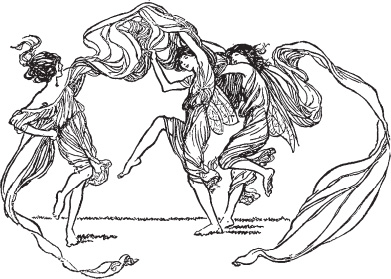

A Noble Tradition Recently Suppressed
T he text is called Treatise of the Hidden Chamber. Its contents line the walls of a meandering subterranean passage tomb from 1470 BC attributed to the Egyptian pharaoh Thutmosis III.
The text is a faithful copy from an original account compiled a thousand years earlier and provides instruction on how to proceed into the Otherworld, a place as real to the Egyptians as the physical world. However, unlike the physical world, which is governed by time and decay, this parallel place exists outside of time; it is present and eternal and simultaneous with the physical, like two serpents entwined around a pole. The Egyptians called it Amdwat.
The Amdwat interpenetrates the world of the living. It is the place from where all physical forms manifest and to where they return. It is an integral component of birth, death, and rebirth. Only through a direct experience of the Amdwat can a person fully grasp the operative forces of nature, the knowledge of which was said to transform an individual into an akha being radiant with inner spiritual illumination.
All these instructions neatly cover the walls and passages and chambers of Thutmosiss resting place. Theres just one problemthe text explicitly states how the experience is useful for a person who is


